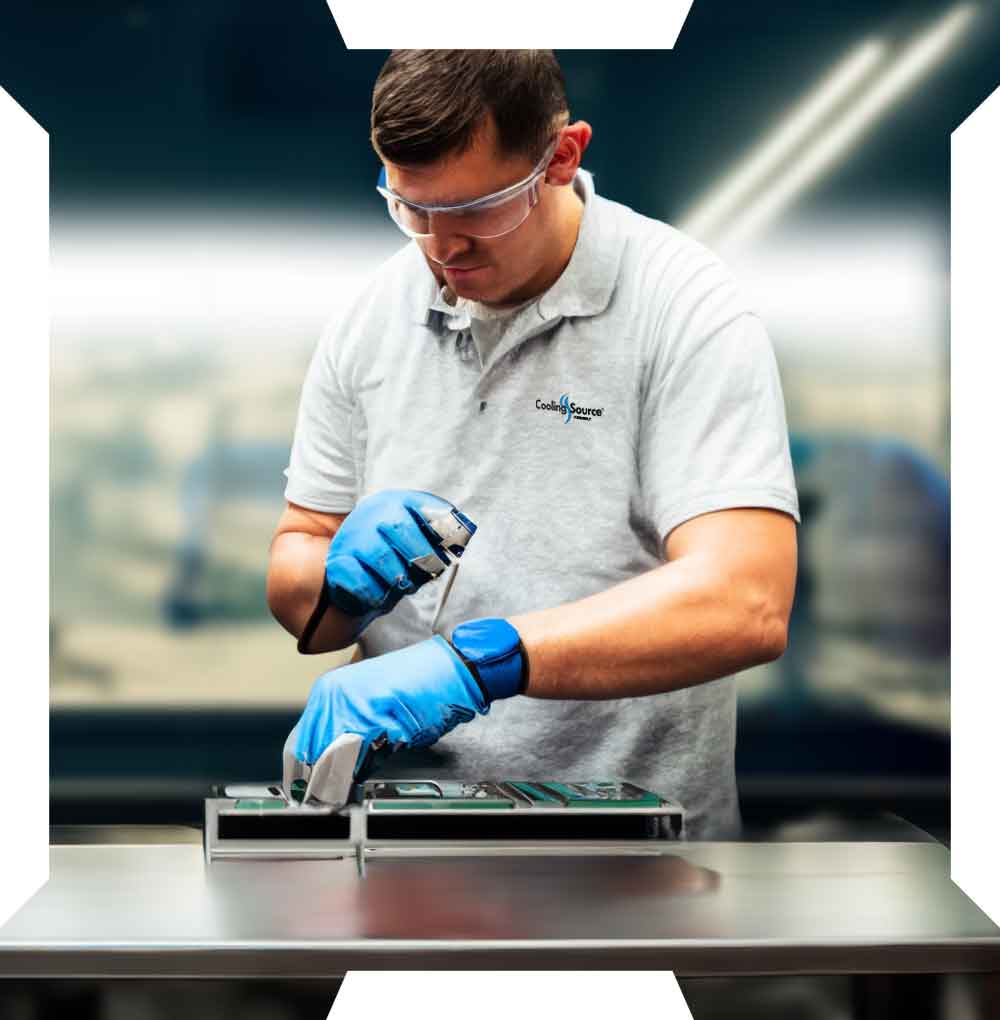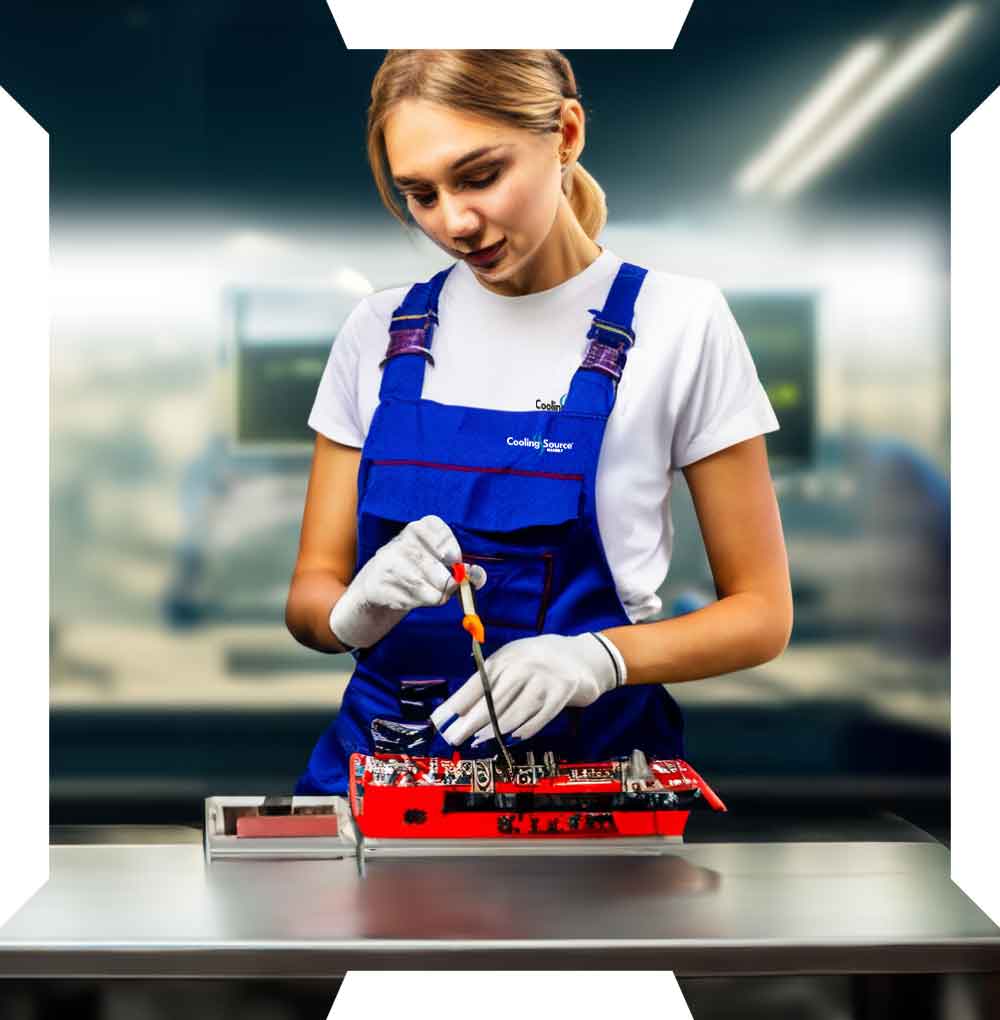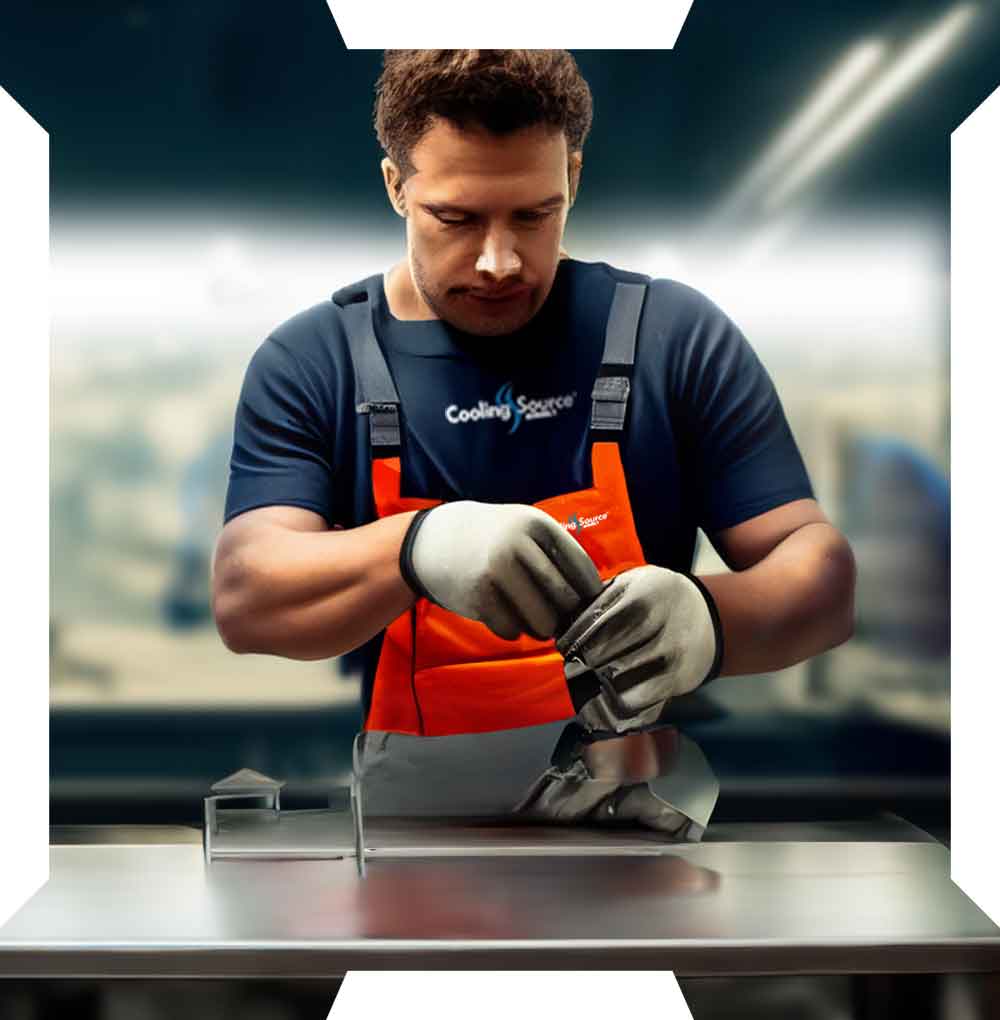What Is Mechanical Assembly?
Mechanical assembly is the process of assembling components on an assembly line. The finished, assembled product or component created with this method can also be referred to by this term. In any event, mechanical assembly is the process of creating a final product that can perform a specific function.
The Approach
Various fastening techniques are typically used to firmly fasten two or more parts in a mechanical assembly. Although fasteners are commonly used throughout the assembly process, sometimes a component is shaped in-process to eliminate the need for extra fasteners.
Techniques for Attaching
Threaded fasteners are fasteners used to link components together that have threads, either internal or external. Bolts, nuts, and screws are a few examples. Because threaded fasteners make disassembly easy, they are ideal for devices that may require maintenance or repairs.
By passing the pin through the holes in the components and creating a second head on the other side, rivets—unthreaded, headed pins—are used to firmly join two or more elements. Lap joints are best made with rivets when a robust, long-lasting connection is needed.
Applications of Mechanical Assembly
For many applications, including the following, mechanical assembly is the preferred method due to its reputation for reliability and efficiency:
Cars: In the automotive industry, mechanical assembly is crucial for building intricate machinery and parts that require accuracy and longevity, such as engines and interiors.
Telecommunications
When phones and other communication devices are being produced, mechanical assembly ensures that pieces are securely fastened and easily maintained or improved.
Aerospace
Aircraft components must be put together to withstand extreme conditions and strains in order to guarantee safety and dependability.
Machine Tools: Machine tool assembly is a wonderful technique to create equipment that operates dependably even in challenging circumstances since it calls for precision and durability.
Benefits
Mechanical assembly is frequently chosen in the industry for several reasons:
Easy Testing and Inspection: Assembled products are easily tested and inspected for quality assurance, ensuring that each component meets all standards.
Mechanical Disassembly and Reassembly
Mechanical disassembly and reassembly might sound like a mouthful, but it’s simply breaking down machines and putting them back together. Think of it like taking apart a puzzle. Each piece needs to come out so you can see the full picture, and then you need to snap it back together correctly. When machines are worn out, need repairs, or require thorough cleaning, our services help in giving them a new life.
Machines are like cars; they need regular check-ups. When you notice something’s off, it’s crucial to get it checked out. Choosing our disassembly and reassembly services means you’re opting for precision and care. Each part of your machine is treated like a valued piece of art. We take the time to inspect every component, ensuring everything is in perfect condition before putting it back together.
Our Process: Disassembly Made Simple
We start by carefully removing each component, cataloging them, and inspecting wear and tear. It’s like organizing your toolbox: every part gets its own spot, and nothing gets lost. We document everything to keep track of condition and performance, so we know exactly what needs attention.
Cleaning and Repair
Once disassembled, it’s time for a deep clean. Think of it like giving your favorite shirt a wash after a long day—it’s refreshing! We remove dirt, grime, and any buildup that can affect the machine’s performance. If we spot any damage during this stage, we can make repairs or recommend replacements as needed.
Reassembly: Putting It All Back Together
Reassembly is where the magic happens. With everything cleaned and checked, we methodically put each part back in its place. Every screw and bolt has its own home, and we make sure everything fits snugly. This meticulous approach ensures the machine runs smoothly and efficiently.
Testing for Performance
Once reassembled, we don’t just send you on your way. We run tests to make sure everything’s working as it should. It’s like taking a car for a spin after getting it serviced. We want to ensure that everything operates as intended and that there are no surprises down the road.
Benefits of Mechanical Disassembly and Reassembly
Choosing our disassembly and reassembly services brings numerous benefits:
Extended Lifespan: Just like a well-loved toy, machines can last longer with proper care. Regular disassembly and maintenance can increase their life span.
Improved Efficiency
Cleaning and repairing helps machines run more efficiently, saving you energy and money in the long run.
Cost Savings: Instead of replacing a machine, fixing it can save you a lot of money. It’s like finding a treasure chest in your attic—it’s valuable and worth keeping!
Versatility
A variety of methods, such as press-fit and screw assembly, can be used to provide manufacturing operations with flexibility.







